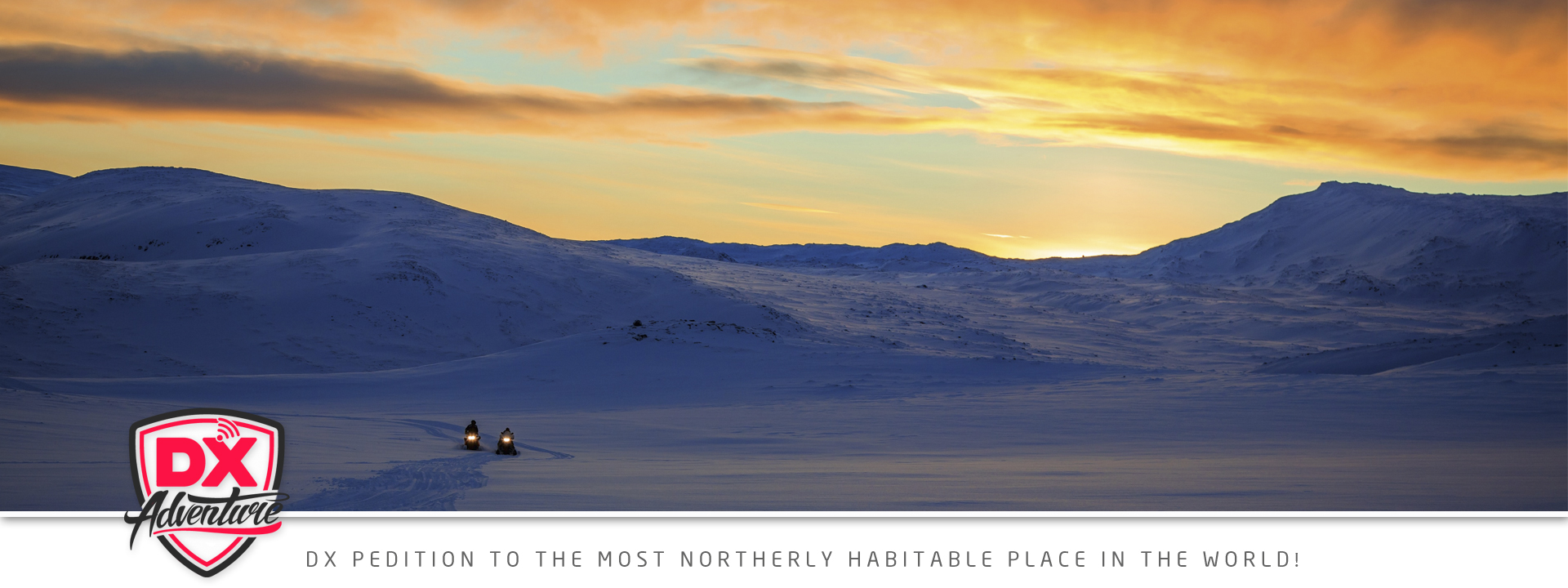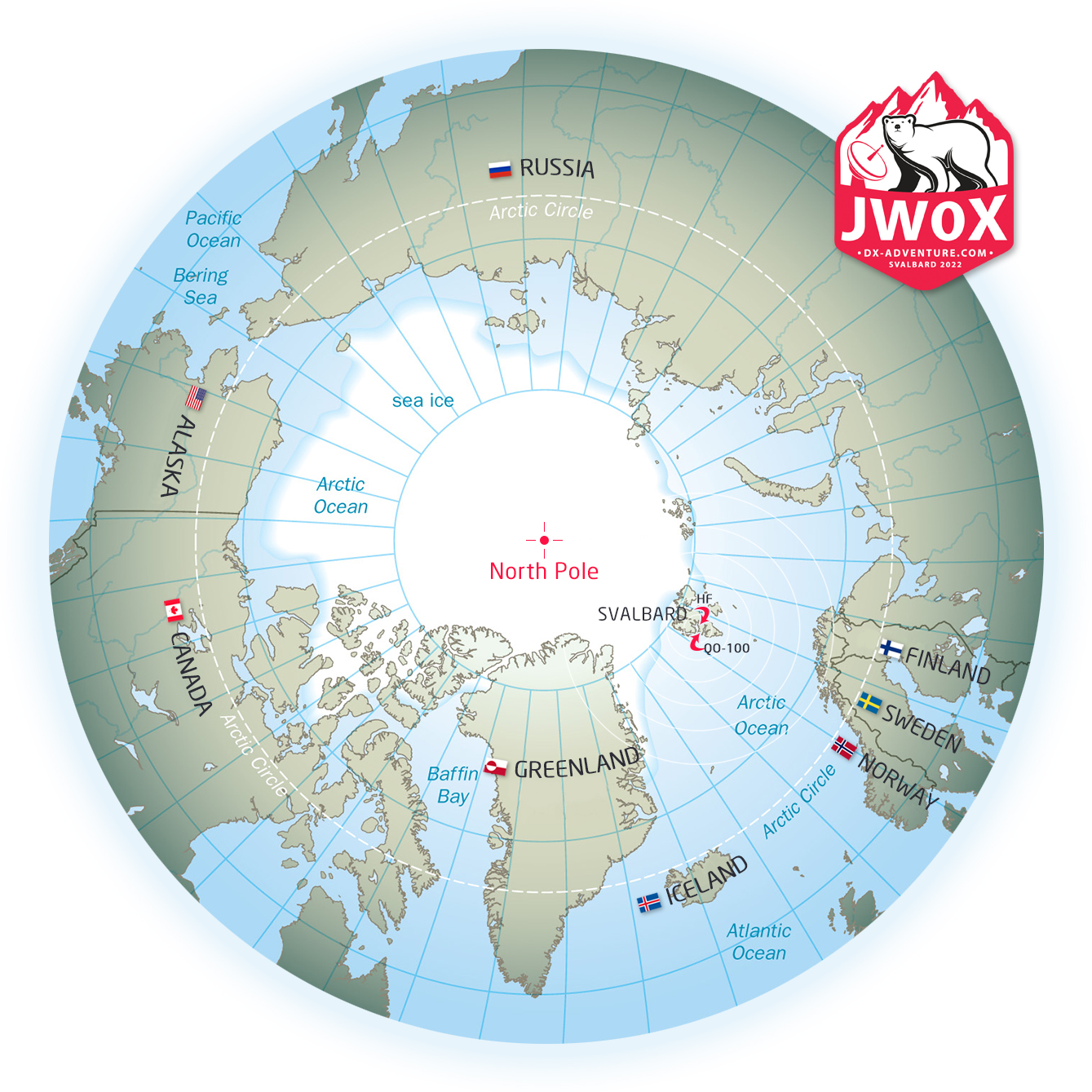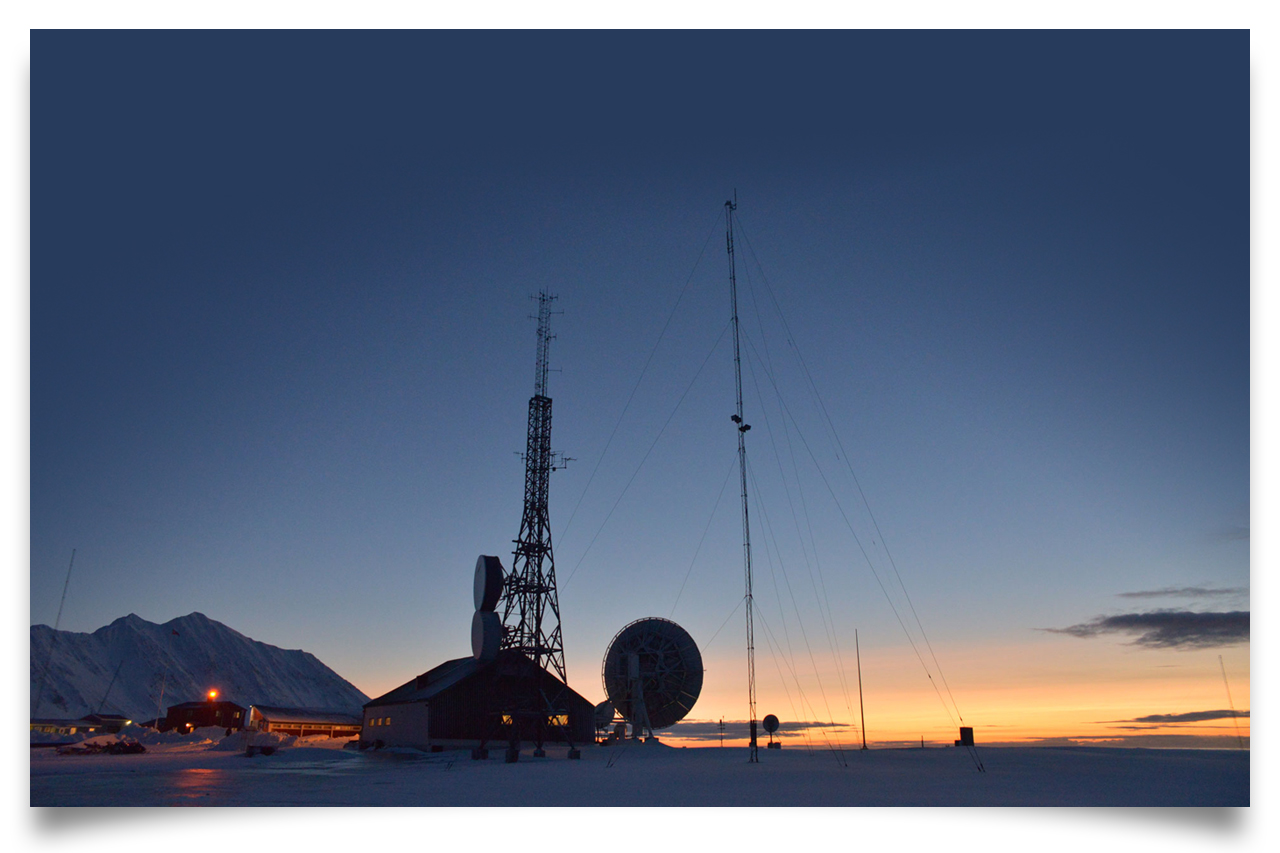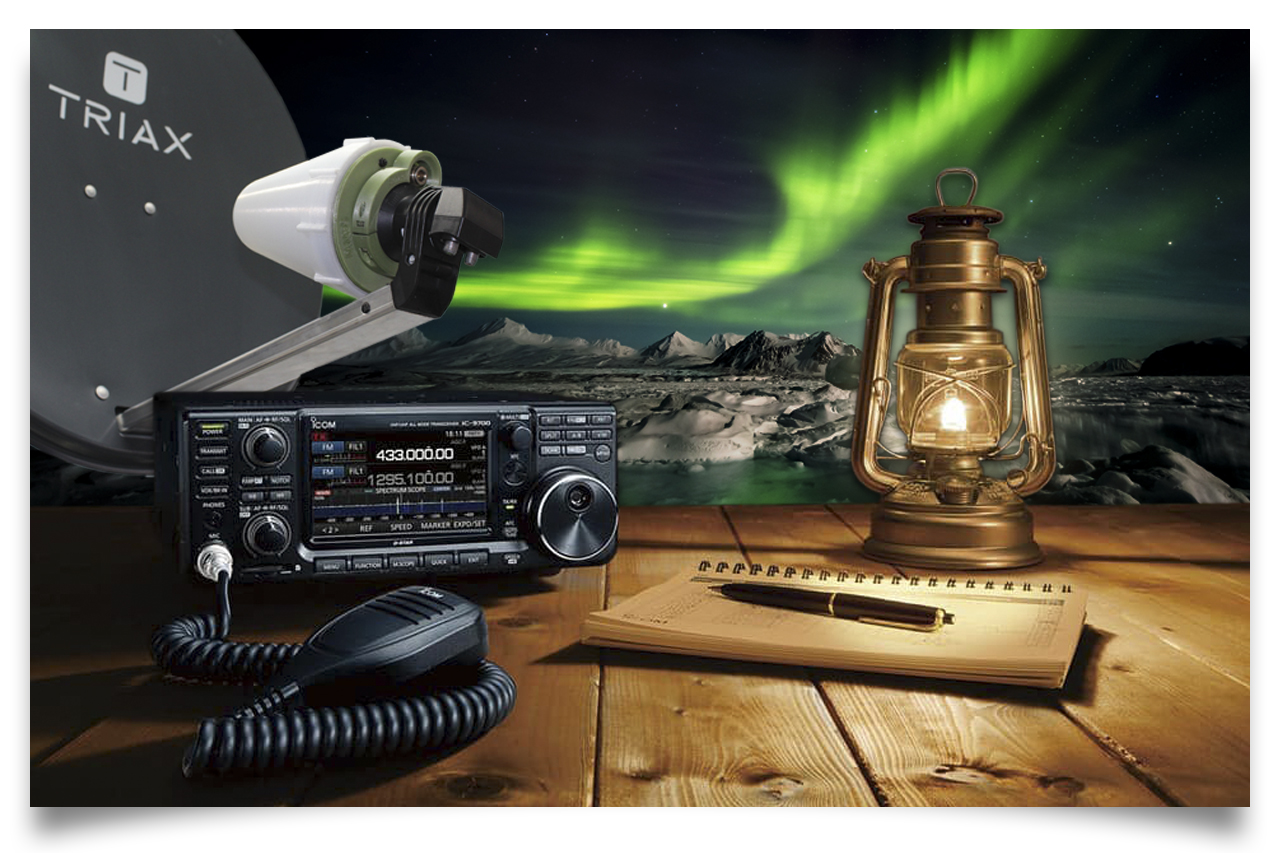Some nice facts about Svalbard
• A night in Svalbard takes three months in winter. Can you imagine not seeing a sunrise for three months? The opposite of the midnight sun in summer is the polar night during winter. It starts around the beginning of November and ends in late January. During that time, you won’t see a glimpse of sunlight in Svalbard.
• In Svalbard, there are more polar bears than people. Svalbard has a population of just over 2,000 and an estimated polar bear population of over 3,000. It is one of the best places on earth to see polar bears in their natural habitat.
• Longyearbyen is the capital of Svalbard. It has all the infrastructure you would expect from a normal city, including hotels, stores and an international airport. It is the first place you will arrive at during your trip to Svalbard.
• Longyearbyen is so northern that it is only 1200 km from the North Pole. It is no surprise that Svalbard has a rich history of explorers who set out to conquer the Arctic.
• The largest global seed vault is located in Svalbard. The seed vault is located on the outskirts of Longyearbyen, close to the airport, and was opened in 2008. Located in a former coal mine, the seed vault contains copies of all the world’s seeds to prevent them from being lost in the event of a global crisis. You can see where the nickname “The Doomsday Vault” comes from.
• It is highly unlikely that you will meet anyone born on Svalbard. Svalbard has no indigenous population. Everyone who lives there is from the outside and women are not allowed to give birth there. Due to its remoteness, women are required to travel to mainland Norway a few weeks before their due date to give birth to their baby there.
• There are only 2,000 residents, yet Longyearbyen has residents from more than fifty countries, one of the most diverse places in the world. Thanks to its relaxed attitude toward immigration, anyone can come and live and work there.
• 60% of the land on Svalbard is covered with ice. Svalbard is a frozen desert made up of mountains and glaciers. Large parts of the country are covered with ice all year round. Ausfonna is Spitsbergen’s largest ice sheet and covers part of the island of Nordaustlandet. This ice sheet alone covers 8120 km2 of land.
• There are more snowmobilers than people in Svalbard. Since there are hardly any roads and very much ice, it makes sense that the snowmobile is the preferred mode of transportation outside the summer months.





























